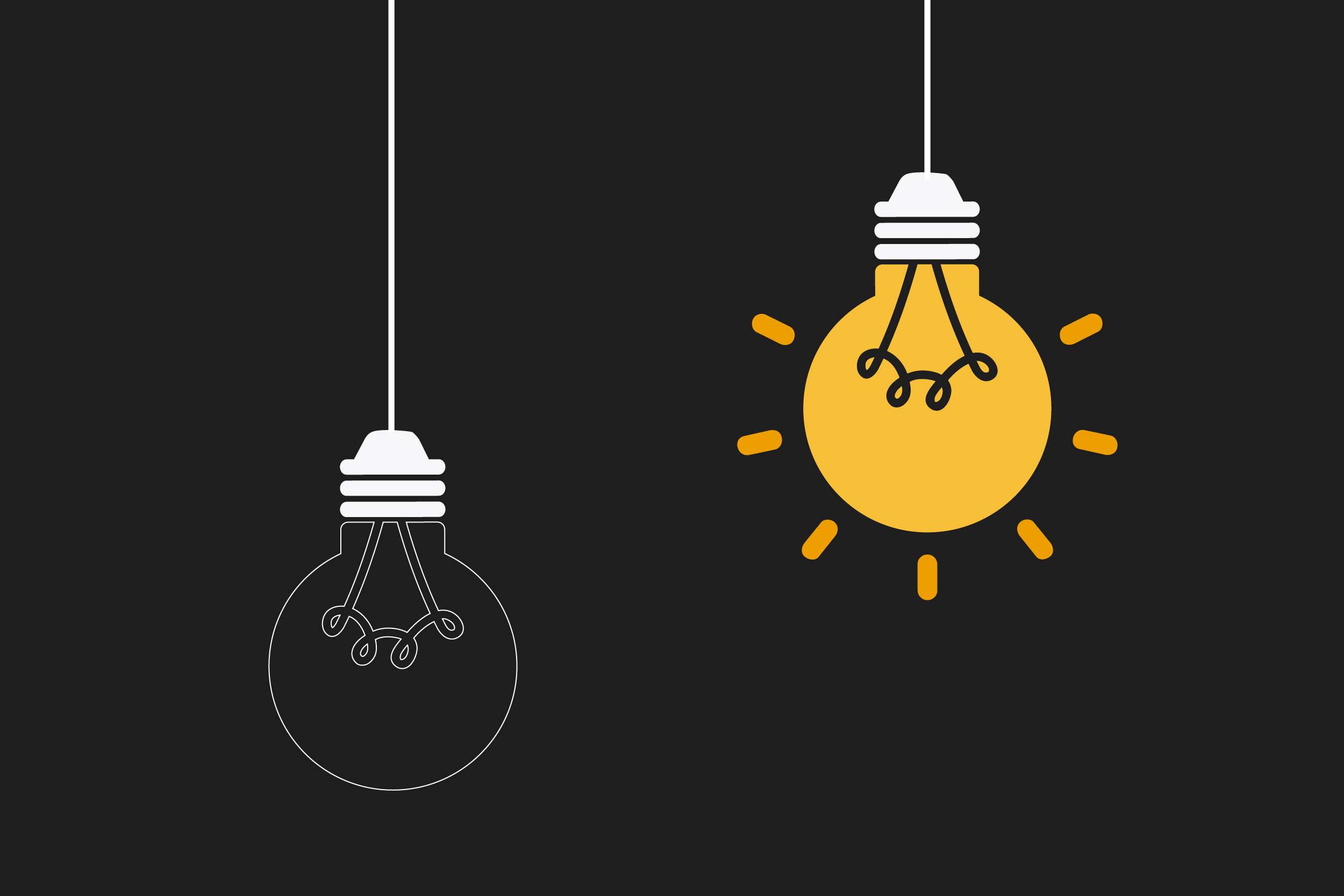
The art of logo creation has come a long way, evolving with technological advancements and changing design trends. Let’s take a journey through the revolution of logo creation, from its humble beginnings with pen and paper to the digital mastery of modern times.
Handcrafted Origins: Pen and Paper
In the early days, logos were crafted by hand, using nothing but pen and paper. Skilled artists and designers meticulously drew and painted logos, infusing them with unique styles. These handcrafted logos were intricate and often time-consuming, limiting their accessibility to only a few businesses with the means to commission such work.
The Rise of Print Technology
With the advent of print technology, logo creation saw a significant transformation. The ability to reproduce logos through printing allowed for broader distribution and visibility. This period marked the beginning of logos as a practical marketing tool, as businesses could now showcase their brand identity on a wide range of materials.
The Birth of Digital Design
The digital revolution in the late 20th century brought about a profound change in logo creation. Designers started using computers and graphic design software, which offered unprecedented creative possibilities. This era saw the birth of vector graphics, enabling logos to be easily scaled without losing quality. The transition to digital design made logo creation faster, more efficient, and accessible to a larger audience.
Simplicity and Minimalism
As technology progressed, design trends shifted towards simplicity and minimalism. Brands began to favor clean, straightforward logos that conveyed their essence with precision. This shift was driven by the need for logos to be versatile and recognizable across various platforms, from traditional media to digital screens and mobile devices.
Embracing Symbolism and Storytelling
In recent years, logo creation has embraced the power of symbolism and storytelling. Logos are no longer just a visual representation; they are narratives that communicate a brand’s values, mission, and personality. Designers now use a mix of visual elements, typography, and colors to tell captivating stories through logos.
Artificial Intelligence in Logo Design
As we enter the era of artificial intelligence, logo creation is once again undergoing a revolution. AI-powered design tools assist designers in generating logo concepts quickly and efficiently. These tools analyze vast databases of design trends and user preferences, helping designers create logos tailored to specific target audiences.
Interactive and Dynamic Logos
With advancements in web technologies, logos are no longer static images. Interactive and dynamic logos have emerged, allowing brands to engage their audience with animated and interactive elements. These logos adapt to user interactions, creating a memorable and immersive brand experience.
The revolution of logo creation has been a fascinating journey from the intricate handcrafted designs of the past to the digitally empowered creations of the present. As technology continues to advance, we can only imagine the exciting possibilities that lie ahead for logo design. One thing remains certain: logos will continue to be an essential aspect of brand identity, evolving with the times to leave a lasting impression on the world.
